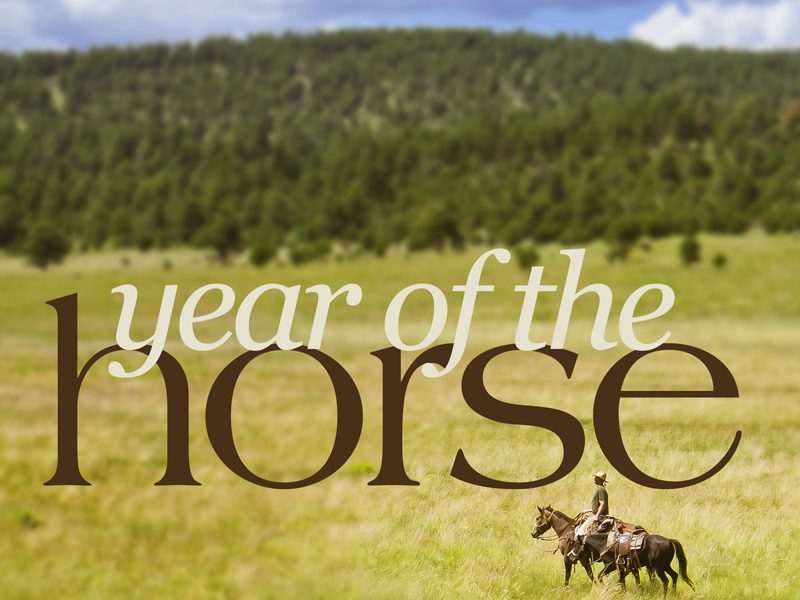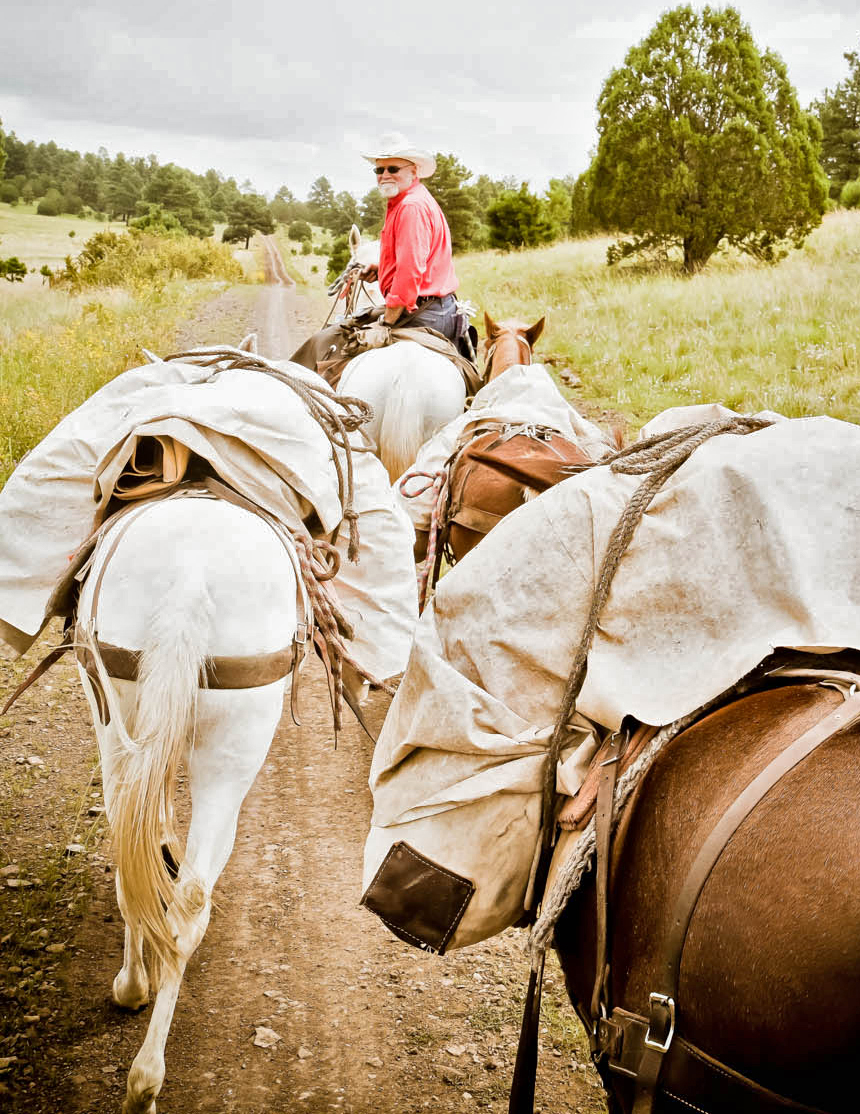Year of the Horse: Head Out on Horseback

[flagallery gid=5]The Year of the Horse, which according to the Chinese lunar calendar starts January 31, has been predicted to be full of good luck and prosperity. Prognosticators say the coming year will be an excellent time to travel — “the more far away and off the beaten path the better.” There’s no better way to honor the Chinese zodiac’s animal of the year than with an equestrian vacation.
Horseback adventures allow travelers to immerse themselves in some of the world’s most remote landscapes. A few years ago, I spent three days in New Mexico’s Gila Wilderness, a pristine 558,014-acre swath of land absent of motorized vehicles. The only way to explore the region is on foot, or even better, atop a trusty steed provided by U-Trail, an outfitter based in Glenwood, New Mexico. Owner Jim Mater makes roughing it easy, by leading the way and supplying pack animals and all the gear needed for a multi-day excursion into the great outdoors, plus a cook to have meals ready after a full day of riding.
“These trips are designed for wussies,” he said when I initially asked him if a few city girls would be able to cut it in the untamed wilderness for several days of riding.
Everything at our base camp on Canyon Creek, located in a meadow chock full of wildflowers and hummingbirds, was prepared and ready for us: the latrine, complete with toilet seat; the camp shower with a solar-heated water bag; the tents with cots; the crackling fire; and the meals.
Less time worrying about setting up camp meant more time enjoying this New Mexican Shangri-La, a remote paradise that is just as intensely invigorating as it is intimidating (and sometimes deadly) for those unaccustomed to bonding with Mother Nature in such a primal way. It’s a place where the cliff-dwelling Mogollon people found shelter amid towers of sculpted rock; where Apache warriors — including the legendary spiritual and military leader Geronimo — once fiercely defended their existence; and where 19th-century pioneers eventually came to eke out a living, including the ancestors of the aforementioned camp cook.
We spent our days riding through ever-changing vistas that could have easy inspired the 19th-century artist Albert Bierstadt, who painted dramatic scenes of the American frontier just as westward expansion was getting underway. As we ride, high-desert grasslands open to the sun and sky give way to woodlands of ponderosa pine and alligator-skinned junipers before descending into a canyon walled in by jagged ridges and tall hoodoos and dissected by the Middle Fork, a tributary of the Gila River, which we cross time and time again.
Intimately familiar with the hidden treasures of the Gila Wilderness, Mater took us through his favorite stretch of the Middle Fork, past a giant rock arch perched high above the river and on to a series of natural pools. Along the way, he pointed out some of the more interesting features in the backcountry, such as petroglyphs on a rock above the river. While I pondered who might have created the ancient graffiti, my horse, named “Cowboy,” took a much-needed break, munching on sweet clover growing at the water’s edge.
On another day’s ride, we tie up the horses to trees on the canyon floor and scramble up a steep slope to reach 700-year-old cliff dwellings tucked into the rock face. “The majority of folks love this spot,” says Mater. “They will spend a lot of time imagining what it was like to live back then.”
Sitting around the campfire later that night, and despite being achy from the long rides we’ve taken, it’s pretty clear from our conversations that each one of us on this pack trip is grateful for the opportunity to be here. Perhaps no one is more thankful than camp cook.
“It’s just amazing to get out here and see this and realize that [my ancestors] rode through here, too,” he said. “Nothing beats being right here. And doing this combines all three of my passions: cooking, camping and riding horses.”
Note: The information in this post includes excerpts from my story “Packing it in,” which first appeared in New Mexico Magazine‘s March 2011 issue.


Write a Reply or Comment